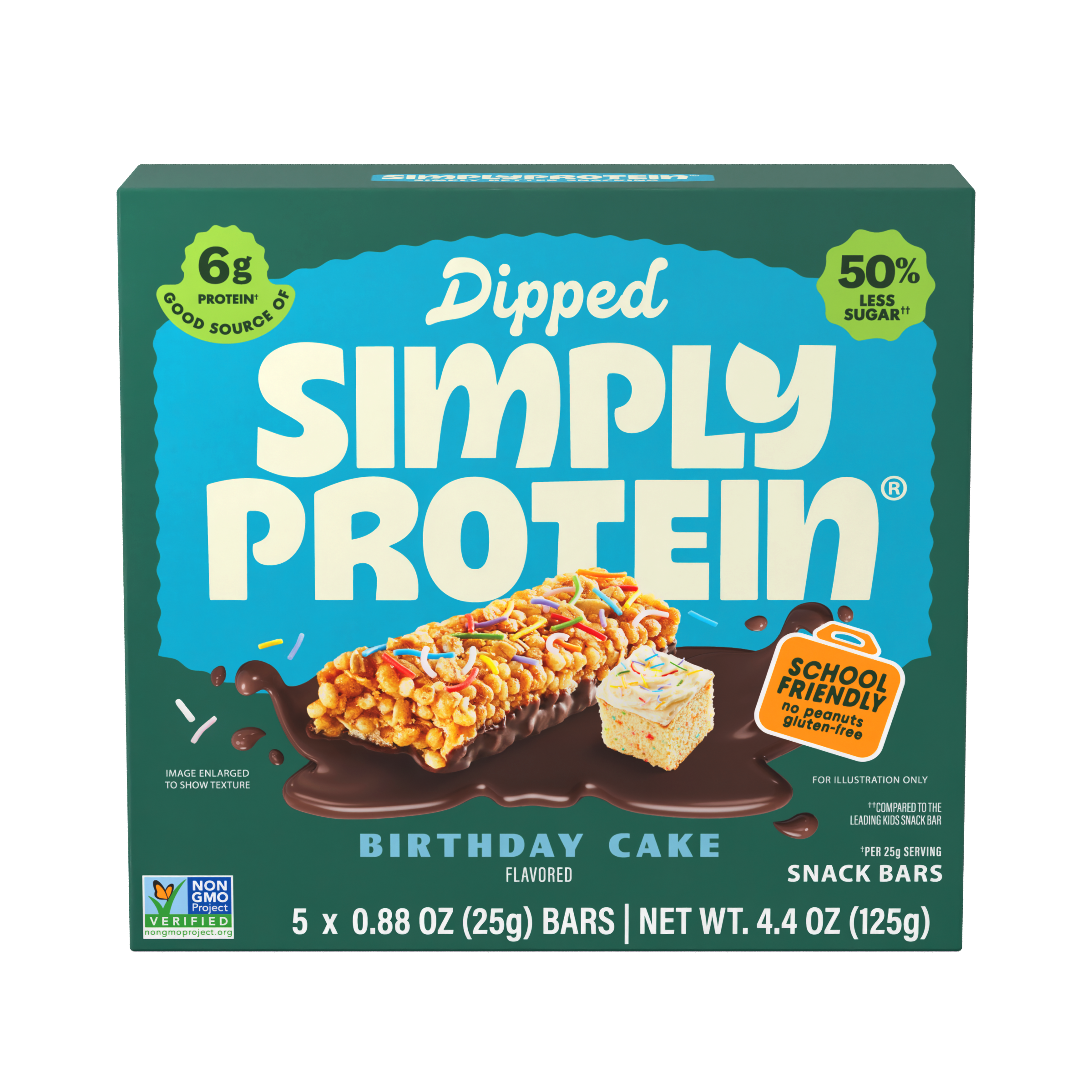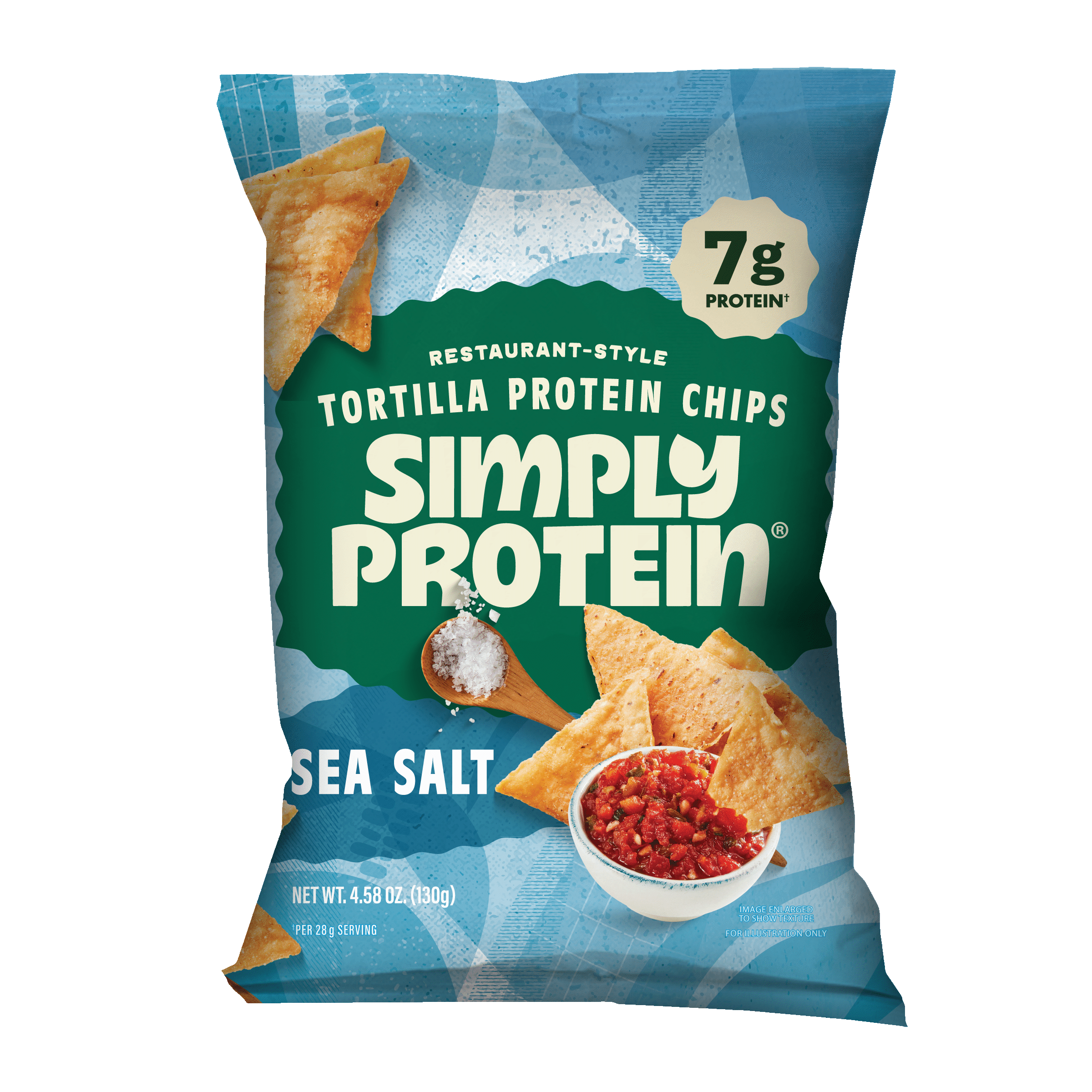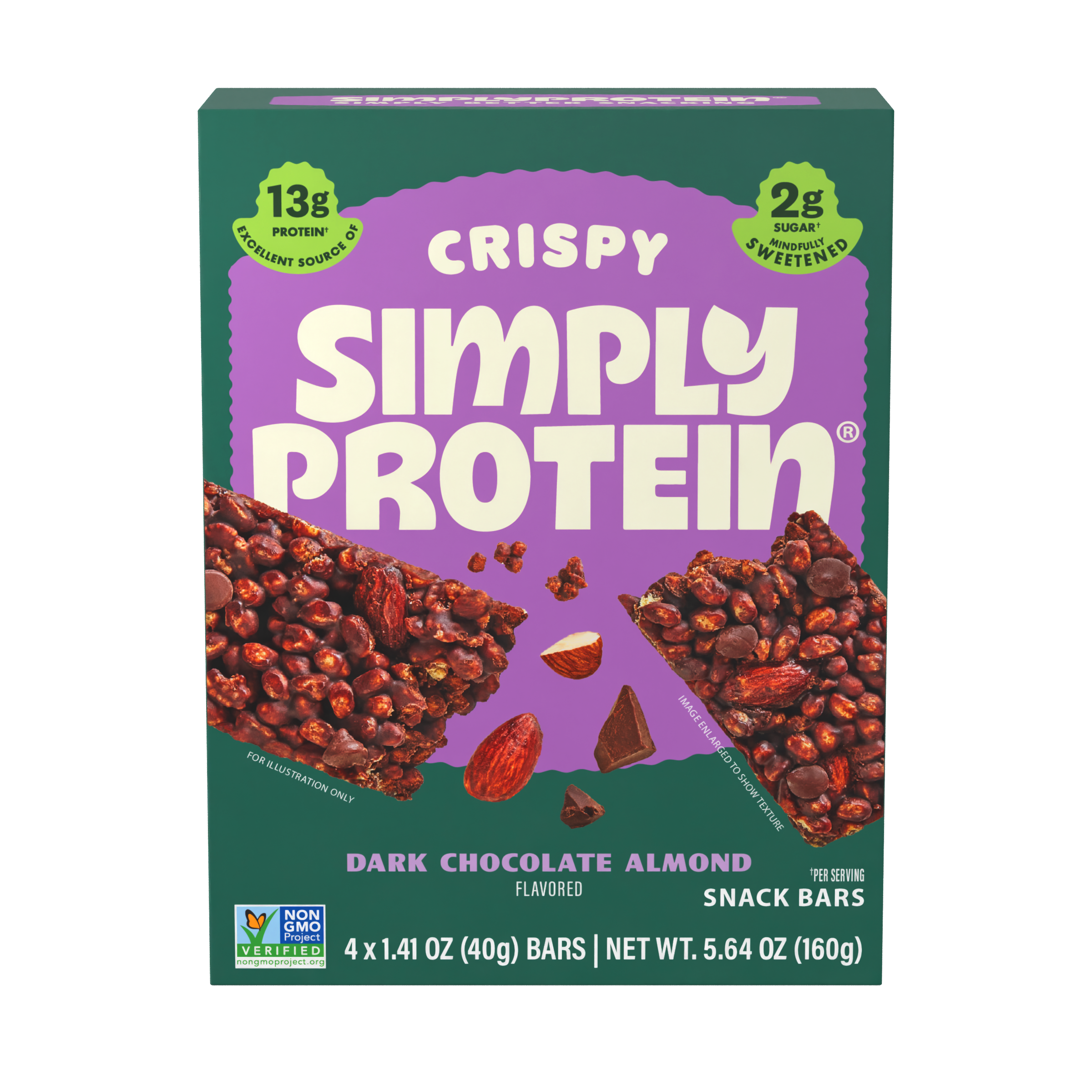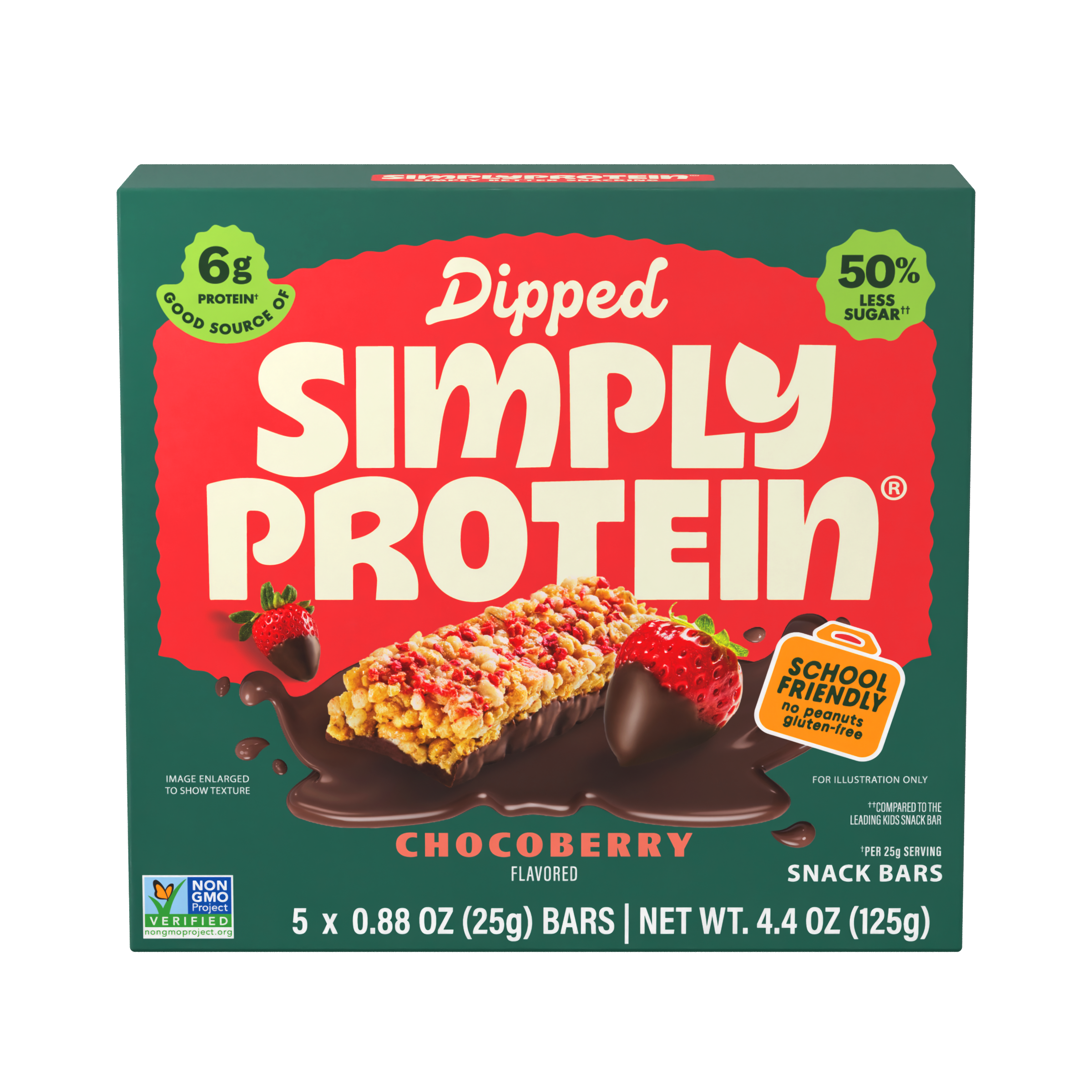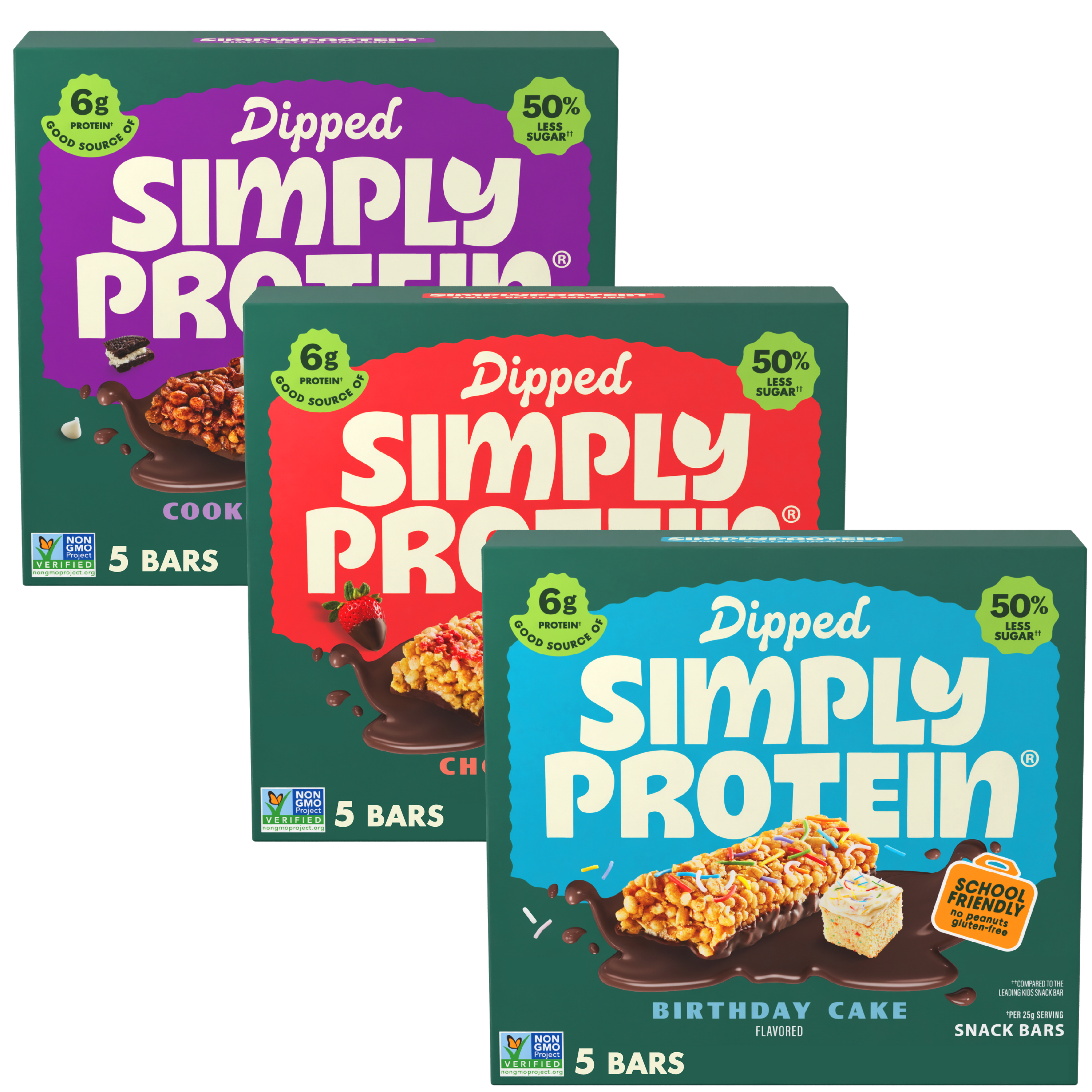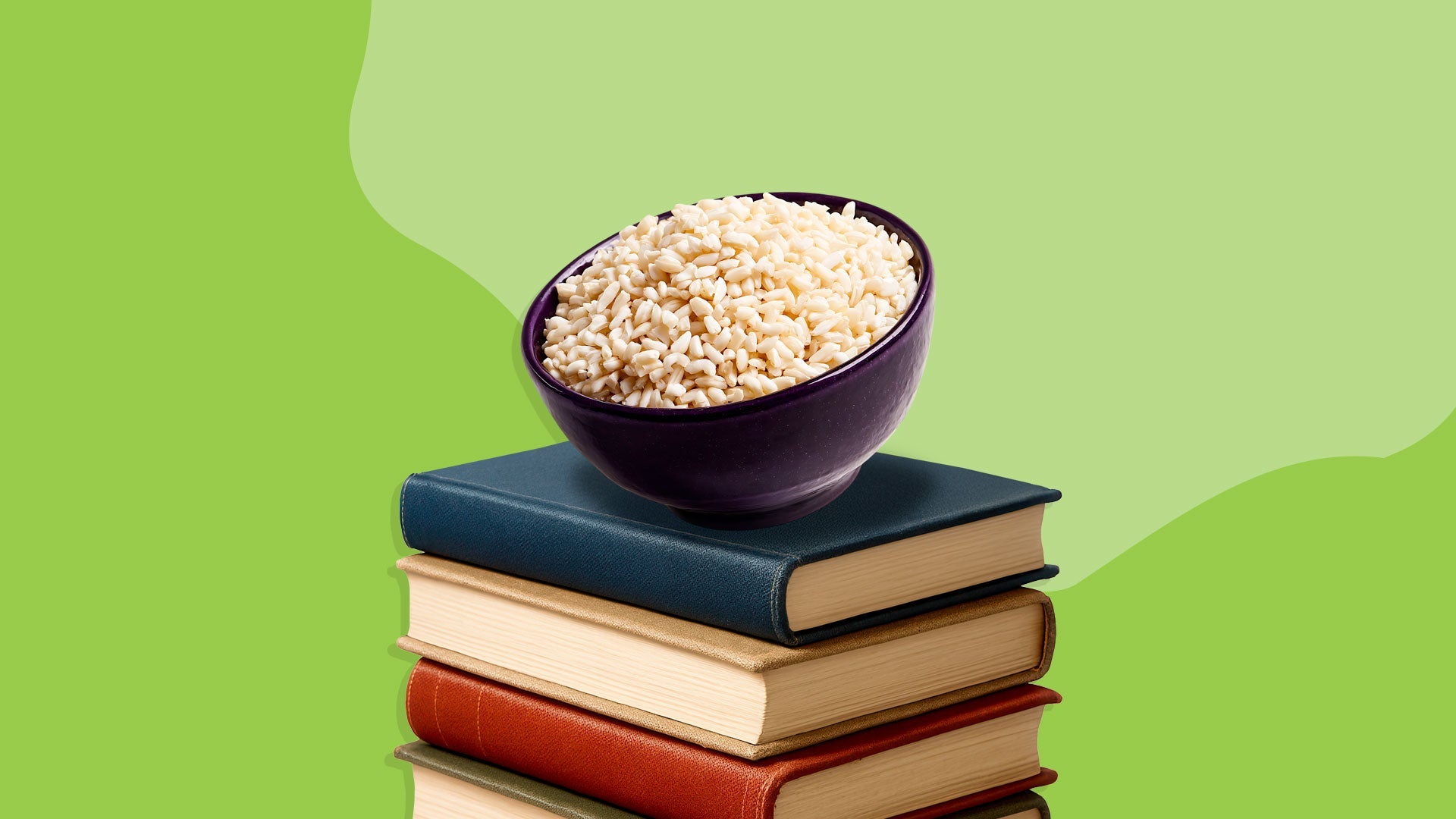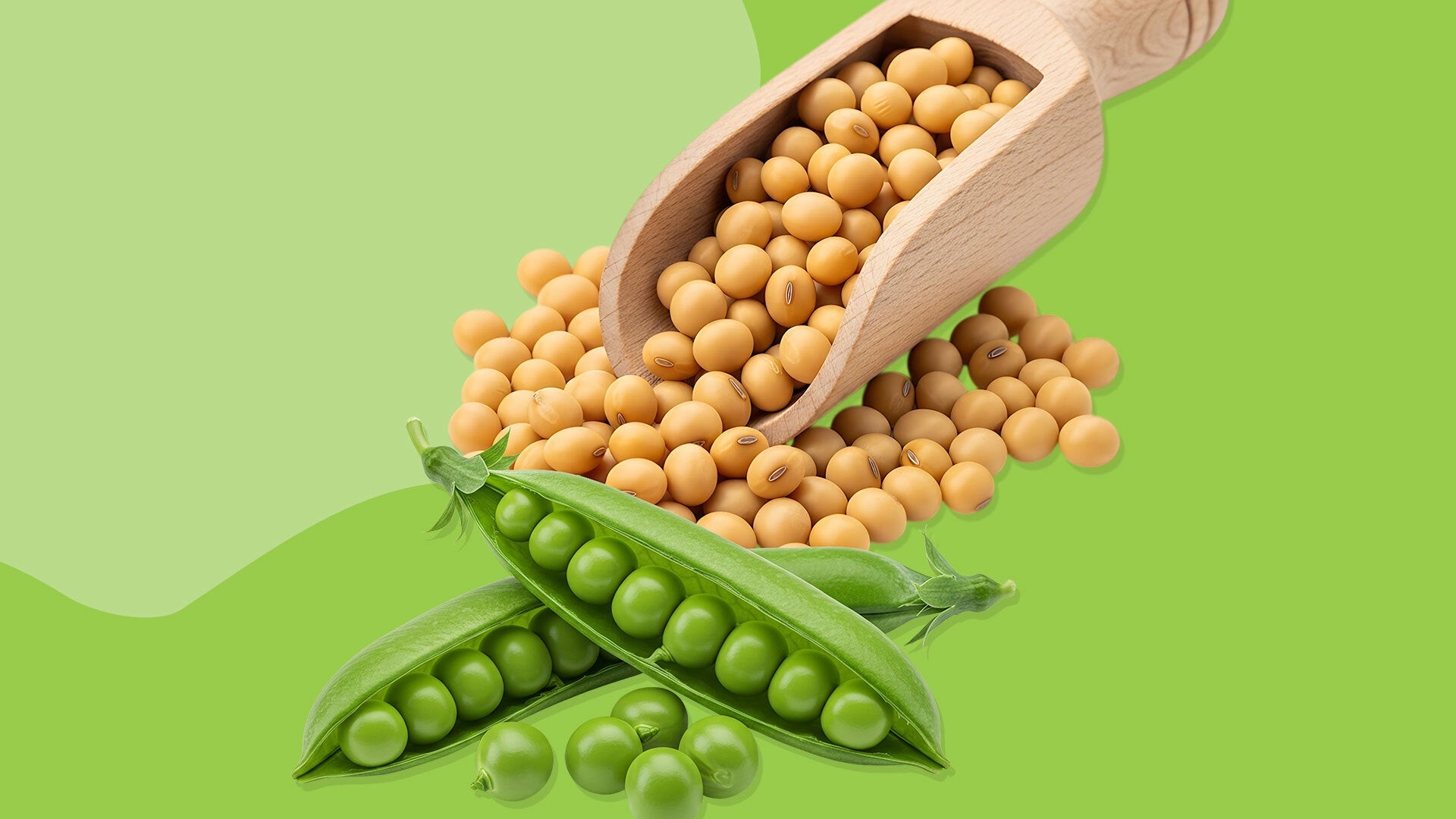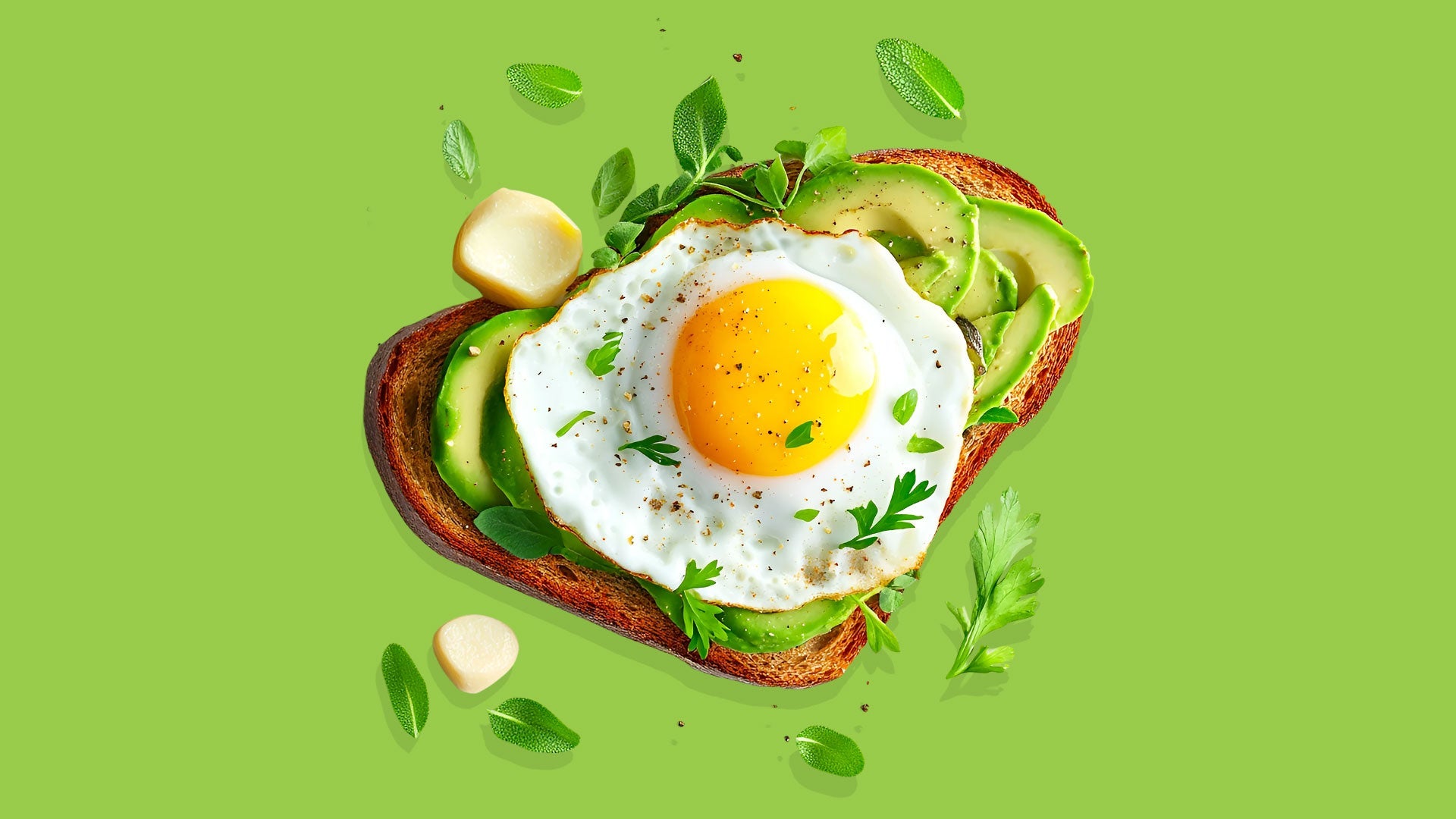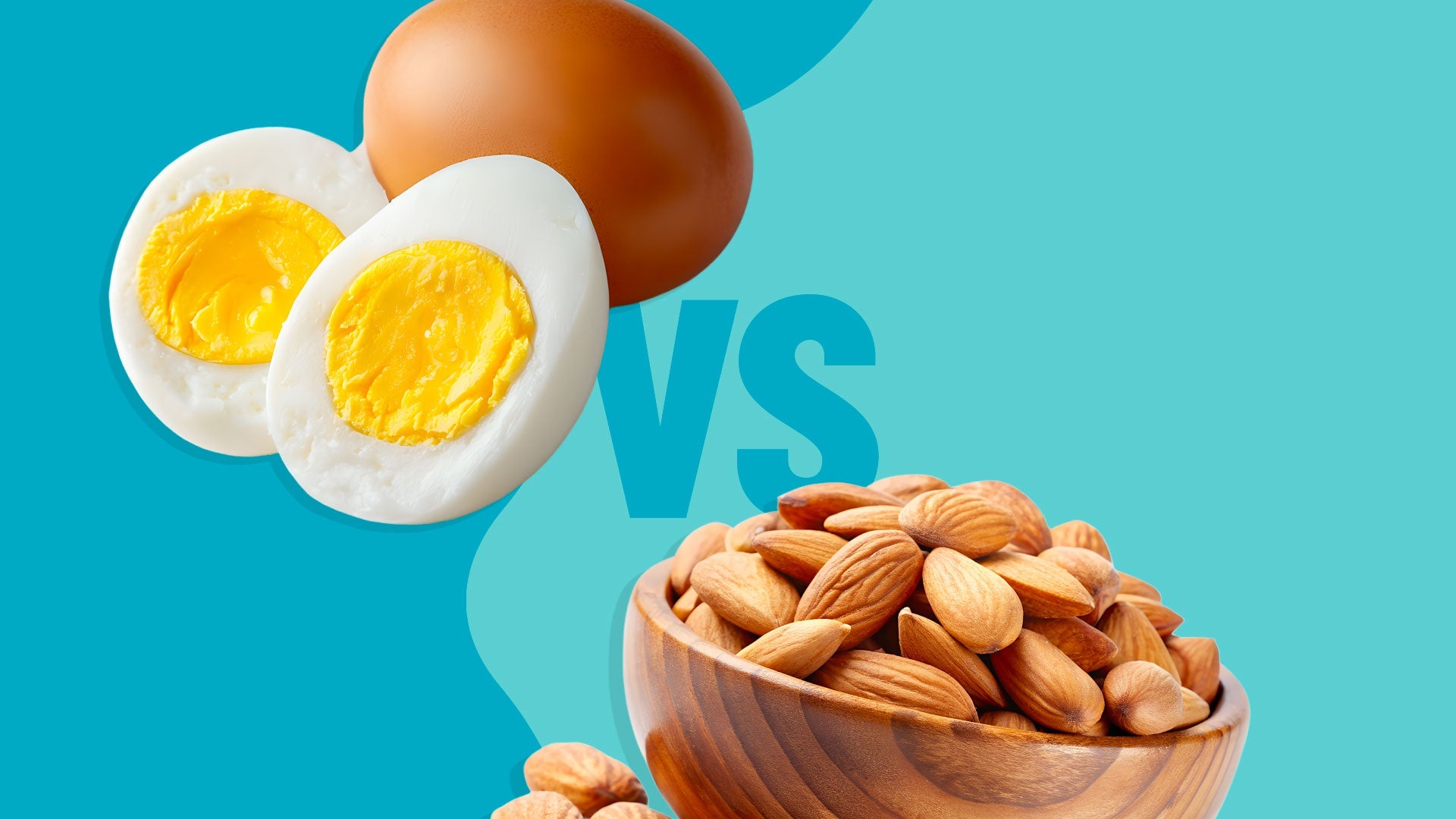
What’s the difference between a complete and incomplete protein?
Not all proteins are created equal! Most people don’t know that there are complete proteins and incomplete proteins, and what the difference is, but understanding them can make all the difference between hitting your daily protein needs or falling short.
We’ll break down the differences and importance of both, dispel protein myths, and share easy methods for maximizing your protein intake each day.
What’s in a protein?
Proteins are one of three macronutrients that our bodies need to function—the other two are fats and carbohydrates. Macronutrients are nutrients that bodies need larger quantities of, while micronutrients are—yep, you guessed it—nutrients we need smaller quantities of (vitamins and minerals).
Macronutrients are considered the building blocks of life because they’re essential for so many biological processes, from producing hormones and enzymes to repairing tissue.
At their core, proteins are made up of smaller units called amino acids. Think of amino acids as the individual links in a chain that form a complete protein. There are 20 different amino acids, and they fall into two primary categories: essential and nonessential.
-
Essential amino acids: These are amino acids that the body cannot produce on its own, meaning they must be obtained through the diet. There are nine essential amino acids: histidine, isoleucine, leucine, lysine, methionine, phenylalanine, threonine, tryptophan, and valine.
Nonessential amino acids: These are amino acids that the body can synthesize, even if they are not directly consumed through food. Examples include alanine, asparagine, and glutamine.
A protein’s nutritional value is determined by the presence and proportion of these amino acids. Foods that contain all nine essential amino acids in adequate amounts are classified as "complete proteins," while those that lack one or more essential amino acids are termed "incomplete proteins." Understanding the differences between these types of proteins is key to crafting a balanced and nutrient-dense diet.
What’s the difference between a complete and incomplete protein?
Complete and incomplete proteins are defined by the number of essential amino acids they contain. Complete proteins have all nine essential amino acids, while incomplete proteins are lacking at least one.
Animal-based proteins (meat, fish, eggs, and dairy) and some plant-based proteins (quinoa, soy, and chia seeds) contain all nine essential amino acids, and are therefore complete proteins.
Incomplete proteins are typically plant-based proteins, like grains, legumes, nuts, and seeds.
This isn’t to say incomplete proteins aren’t worth their spoonfuls. You can create very rich and nourishing vegetarian or vegan diets. It’s all about how you pair your proteins. (Insert Jerry Maguire’s “you complete me” scene here.)
How to pair incomplete proteins to create a powerhouse diet
If you’re forgoing animal-based proteins, you can still create a well-rounded diet with incomplete proteins; it just takes a bit of matchmaking through a process called protein complementation.
The key to pairing incomplete proteins is understanding the amino acids each food provides. Most plant-based foods are rich in some essential amino acids but lack others. By eating complementary foods together, their amino acid profiles fill in each other’s gaps, creating a complete protein.
Delicious meals that pair incomplete proteins
Here are a few tasty protein pairings to create meals with a complete amino acid profile:
- Rice and beans: Grains like rice are low in lysine but high in methionine, while beans are high in lysine but low in methionine. Talk about opposites that attract!
- Peanut butter and whole-grain bread: Nuts and seeds are generally deficient in lysine, but whole grains provide it, making this classic combination a complete protein.
- Lentils and nuts or seeds: Lentils provide essential amino acids that nuts or seeds may lack, and vice versa.
- Corn and legumes: Corn is low in lysine and tryptophan, while legumes are rich in both.
The key takeaway from protein complementation is to create a diet with a rich variety of grains, legumes, vegetables and fruit. And when in doubt, just aim to create a rainbow of colours in every meal. The greater the variety of fruits, and veggies and grains, the better chances you’ll have of completing any incomplete proteins on your plate.
Mythbusters
There are a few misconceptions when it comes to complementation and complete versus incomplete proteins that we need to clear up!
We’ll start with the “same meal” myth. To make your incomplete proteins “whole,” many people believe you need to have the pairings on the same plate. But that’s not true—you don’t need to make your pairings during the same meal. Focus on your overall daily intake instead; it’s a lot less restrictive.
Practical tips for maximizing the benefits of complementation
- Plan balanced meals: Incorporate diverse plant-based foods into your meals, such as grains, legumes, nuts, and seeds.
- Experiment with recipes: Try dishes like quinoa and black bean salad, chickpea curry with rice, or tofu stir-fry with sesame seeds.
- Snack strategically: Pair hummus (made from chickpeas) with whole-grain crackers or enjoy trail mix that combines nuts and dried fruits.
The second myth to clear up is that a diet of incomplete proteins (like a vegetarian or vegan diet) will never completely fulfill your body’s protein requirement. But that’s not true! By embracing protein complementation, you can enjoy a varied, nutritious diet while ensuring your body receives all the essential amino acids it requires.
Creative ways to crank up your protein intake
If the idea of incomplete and complete proteins and complementation makes your head spin (and your tummy rumble), don’t fret. Here are a few simple strategies to feel more in control of your protein:
- Meal plan: If tracking your amino acids and protein feels overwhelming during the day, try meal planning for the week. Having a guideline to follow each day to ensure you're hitting your daily needs, while creating a menu loaded with an enticing variety of foods, will take the guesswork out of creating a healthy diet.
- Protein-rich snacks: Worried your meals aren’t delivering on all the protein you need? Snacks are a great way to sneak in even more nutrients throughout your day, and there are so many tasty options to choose from, like SimplyProtein Energy Bites, guacamole paired with SimplyProtein Tortilla Chips, or a filling Baked Oat Bar.
Be a protein pro
Now that you understand the difference between a complete protein (foods containing all nine essential amino acids) and incomplete proteins (foods lacking in one or more essential amino acids), you’ll be better equipped to build a diet that can fuel you throughout the day. Remember, it’s not about prioritizing complete proteins over incomplete, but creating a well-rounded diet loaded with all the macro and micronutrients your body needs. And when in doubt, a Dipped Bar always hits the spot!
